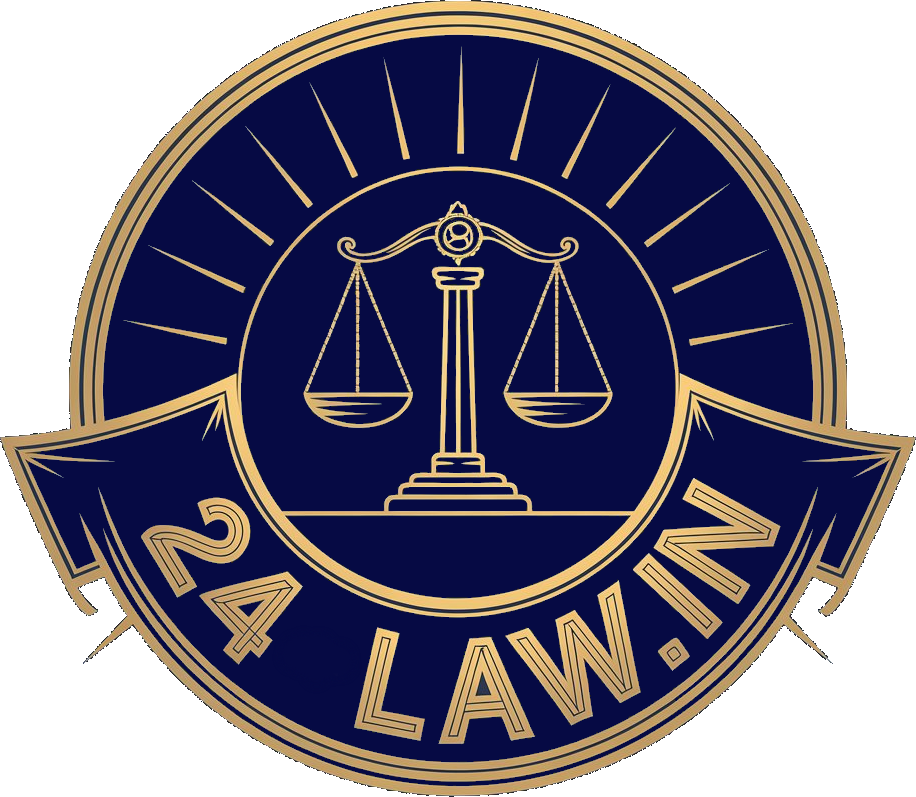
NCLAT Chennai Rules, Govt Cannot Maintain Attachment Of Property To Press For Recovery Outside Liquidation Framework
- Post By 24law
- July 18, 2025
Pranav B Prem
The National Company Law Appellate Tribunal (NCLAT), Chennai Bench, comprising Justice Sharad Kumar Sharma (Judicial Member) and Jatindranath Swain (Technical Member), held that the Government of Tamil Nadu cannot continue the attachment of the corporate debtor’s property during liquidation, especially when the same dues have already been submitted as a claim before the liquidator. The Tribunal emphasized the overriding effect of Section 238 of the Insolvency and Bankruptcy Code (IBC), 2016, and noted that any encumbrance created under state laws like the Tamil Nadu Revenue Recovery Act, 1864, cannot obstruct the liquidation process governed under IBC.
Background
The matter pertains to M/s. Chowel India Pvt. Ltd., against whom insolvency proceedings under Section 9 of the IBC had been initiated by an operational creditor, M/s. Air Pack Gases. The National Company Law Tribunal (NCLT), Chennai, admitted the application and appointed Mr. Nithiyanantham Ramachandran as the Interim Resolution Professional (IRP), who was later confirmed as the Liquidator upon failure of revival efforts. Subsequently, the Committee of Creditors (CoC) resolved for liquidation, and the NCLT, by its order dated 29.11.2021, approved the liquidation and appointed Mr. Ramachandran as the official liquidator.
The Dispute
While verifying assets for e-auction during the liquidation process, the liquidator discovered that the Commercial Tax Department of the Government of Tamil Nadu (the appellant) had attached a 4.41-acre land along with a built-up area of 66,728.30 sq. ft. situated in Sriperumbudur, Kanchipuram District. The encumbrance was created for recovery of ₹85.42 lakhs in GST dues under the Tamil Nadu Revenue Recovery Act, 1864. The liquidator requested the removal of the encumbrance, but the tax authority refused, asserting itself as a secured creditor entitled to enforce recovery under the Revenue Recovery Act.
Proceedings Before the NCLT
Aggrieved, the liquidator filed an application before the Adjudicating Authority (NCLT Chennai), seeking lifting of the attachment. It was submitted that the department had already filed its claim in Form C during liquidation and hence, dual recovery by way of attachment was unjustified. The liquidator further highlighted non-compliance with statutory provisions under the Revenue Recovery Act, including the failure to issue Form 5 (notice of attachment) and publication in the District Gazette, which rendered the attachment procedurally defective.
The NCLT accepted the liquidator's submissions and, by an order dated 11.01.2024, directed the Commercial Tax Department to remove the attachment within two weeks to facilitate asset realization.
Appeal and NCLAT’s Analysis
Challenging the NCLT's order, the Commercial Tax Department argued that its attachment was valid and necessary to secure the recovery of tax dues. It also reiterated its position as a secured creditor, drawing support from the Supreme Court’s decision in State Tax Officer v. Rainbow Papers Ltd [2022 SCC OnLine SC 1162].
However, the NCLAT Chennai bench found no merit in the appeal. The Tribunal noted that since the department had already submitted its claim to the liquidator for the same dues, maintaining an encumbrance over the property was neither necessary nor justifiable. It held: “...lifting of the attachment will facilitate settlement of the dues as claimed by the Appellant... More particularly, when the lifting of an attachment has been done with an intent to meet the objective of the attachment as made by the orders passed by the subordinate courts.”
It also clarified that dual modes of recovery—through liquidation claims and simultaneous attachment—are impermissible. The Tribunal observed that continuation of the attachment would obstruct the liquidation process and delay settlement to all stakeholders. The Bench further held: “...the lifting of an attachment is not dehors to the interest of the Appellant... he cannot simultaneously press upon the claim for recovery of the tax dues by continuance of the attachment of the assets of the Corporate Debtor.”
While acknowledging the precedence of government claims under Rainbow Papers, the Tribunal reiterated that such claims must be processed within the framework of the IBC and subject to the waterfall mechanism prescribed in Section 53 of the Code.
Ultimately, the NCLAT Chennai upheld the order of the Adjudicating Authority and dismissed the appeal filed by the Government of Tamil Nadu. It reaffirmed that the IBC is a complete code in itself and any action, including statutory attachments, which conflict with the liquidation mechanism, must give way to the IBC due to the overriding effect of Section 238.
Appearance
For Appellant: Mr. I. Arvindhsamy, Advocate, Mr. P. Sathish, Add. Gov. Pleader (AGP)
For Respondent: Mr. A.G. Sathyanarayana, Advocate for Respondent No. 1 (Liquidator)
Cause Title: Government of Tamil Nadu V. Nithiyanantham Ramachandran & Anr.
Case No: Company Appeal (AT) (CH) (Ins) No. 446 of 2024
Coram: Justice Sharad Kumar Sharma [Member – Judicial], Jatindranath Swain [Member – Technical]


